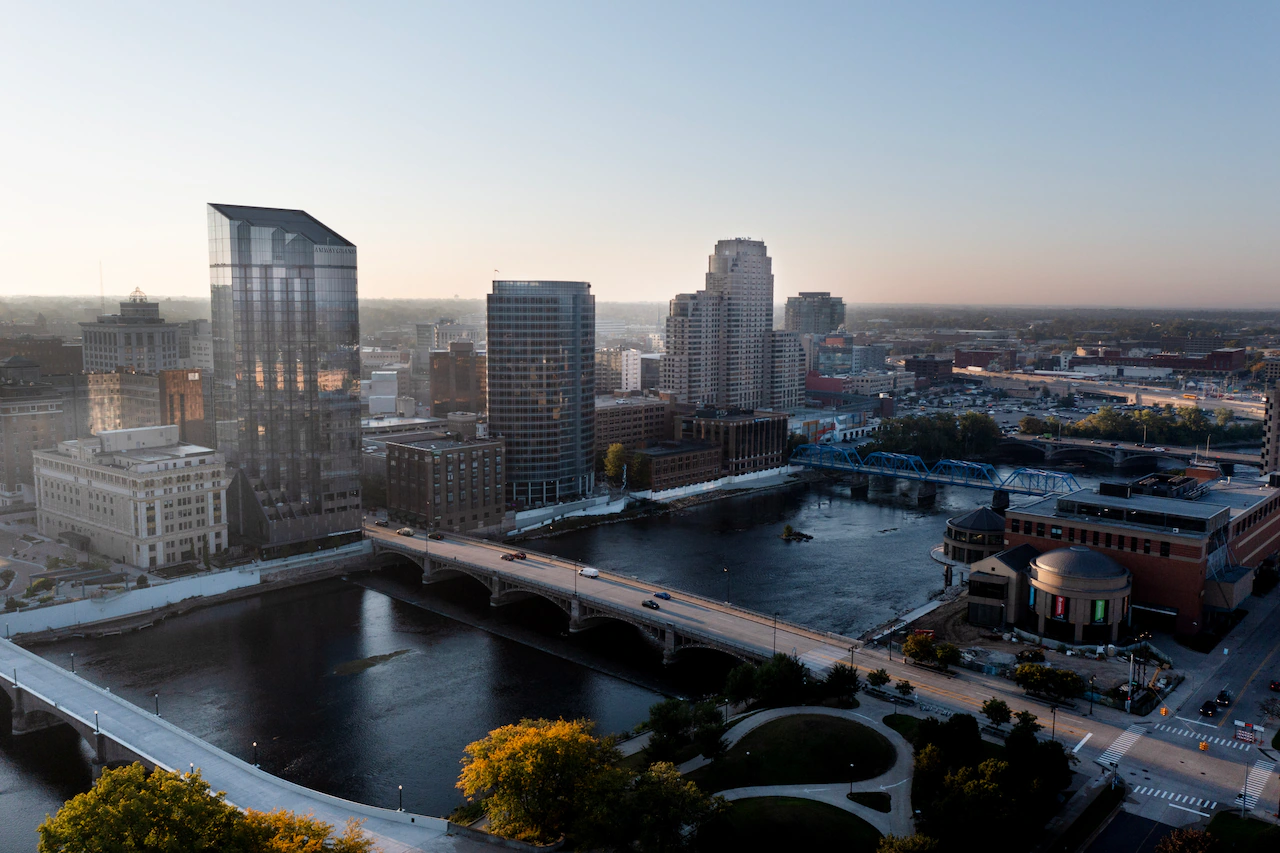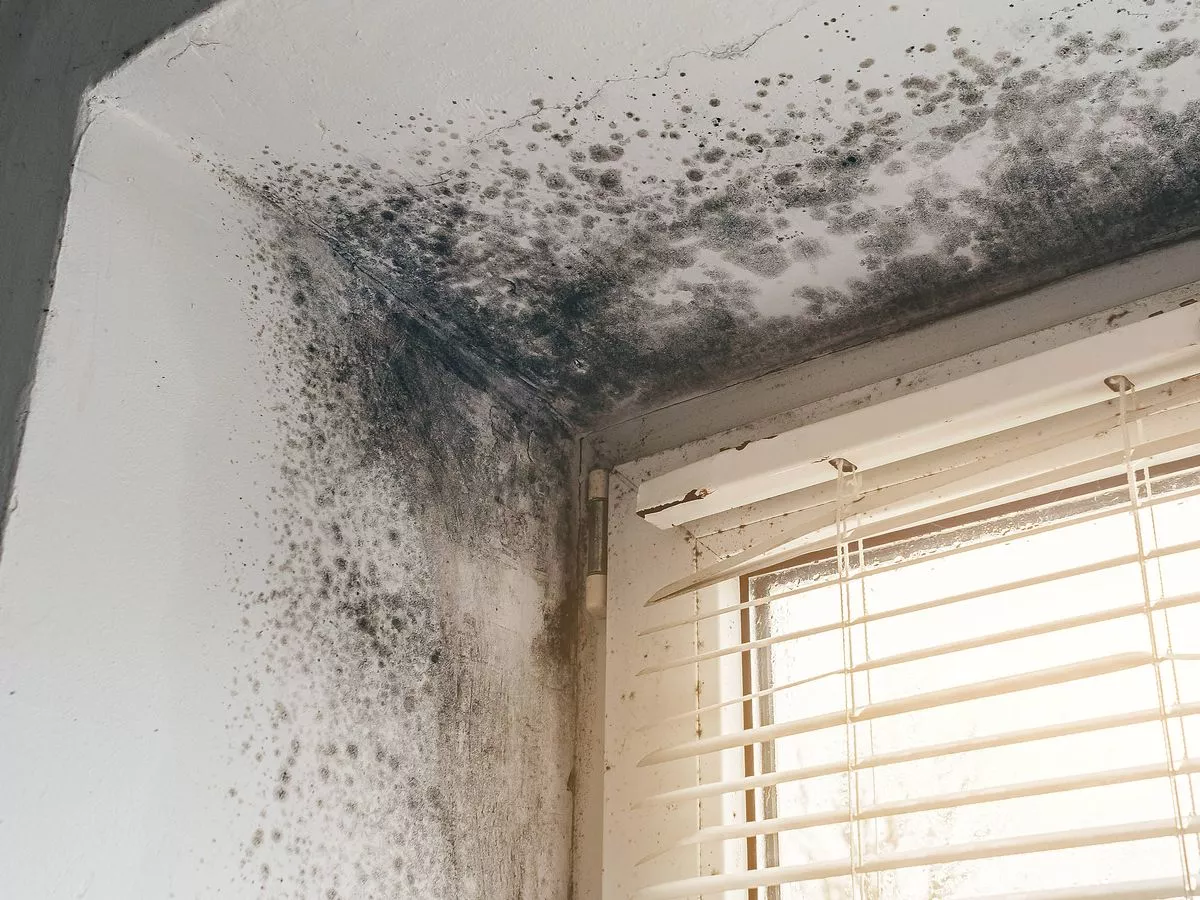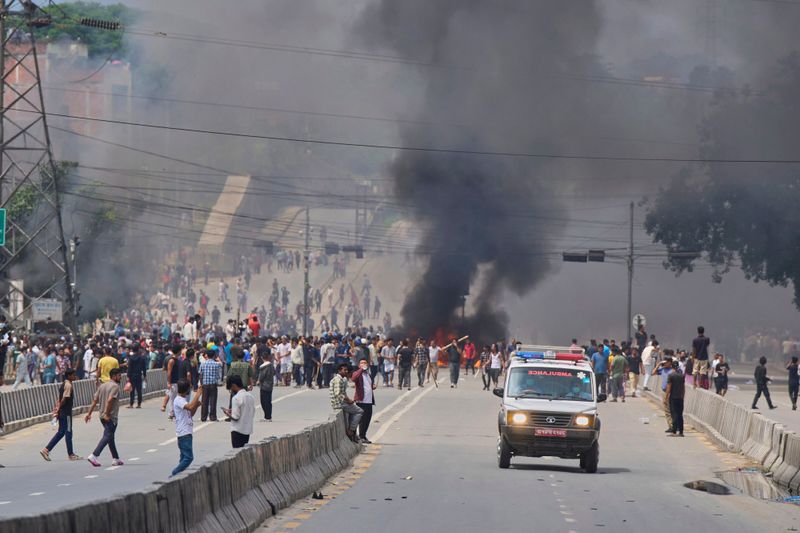
GRAND RAPIDS, MI — Margaux Drake “never imagined” leaving East Grand Rapids, the upscale suburb where she and her husband, Steve, raised their three children and built a comfortable life enjoying walks by Reeds Lake and a tight-knit community.
But after receiving an unsolicited offer on their home in 2018 that was “too good to refuse,” the couple made a change.
On the verge of becoming empty nesters, they traded the tree-lined streets of East Grand Rapids for the “energy” of downtown Grand Rapids, where they purchased a condo in the Homes at River’s Edge building on Monroe Ave. NW.
“We sold every single thing that was sellable,” said Drake, who works in real estate investment and owns a health and wellness business. “We moved our clothes, we moved our dishes, and five pieces of furniture, which we just threw in the back of an SUV and have not looked back since.”
The Drakes were among an estimated 3,000 residents who moved to downtown Grand Rapids over the past decade, boosting the population from roughly 5,000 people in 2015 to about 8,000 residents today, according to Downtown Grand Rapids Inc., which oversees development in the urban core.
While city leaders say they’re pleased with the increase, it fell short of an ambitious goal, included in a 10-year master plan adopted in 2015, to grow downtown’s population to 12,000 residents.
Reaching the target, which required more than doubling downtown’s population, was a big stretch.
However, officials say the area would have likely seen a bigger growth over the past decade had it not been for the COVID-19 pandemic, which sapped momentum from the push to add more housing in the urban core.
“If the pandemic had not happened, I’m sure we would have continued to grow faster,” said Bill Kirk, a spokesperson for DGRI. “But the good thing from our standpoint is we haven’t really lost a ton of ground.”
An ambitious goal
The goal of boosting downtown’s population to 12,000 residents was included in GR Forward, a 10-year plan adopted by the Grand Rapids City Commission in 2015 that created a blueprint for downtown development.
GR Forward, which expires at the end of the year but is set to be updated for the years ahead, did not explicitly say when downtown should reach 12,000 residents.
Rather, it was outlined as a population level downtown should strive to hit. Twelve thousand residents amount to a “critical mass,” the report said, and would help downtown attract amenities and neighborhood services that are open not only on weekdays and evenings but weekend mornings as well.
DGRI’s geographic definition of downtown mirrors the boundaries of the city’s Downtown Development Authority. The area includes not only the urban core but also a stretch of the city west of the river, from Fulton Street to Bridge Street, and the Monroe North neighborhood.
While downtown is 4,000 residents short of the 12,000 goal, progress has been made on creating a more vibrant, amenity-rich downtown since GR Forward was approved in 2015.
A grocery store, Bridge Street Market, opened in 2018 just outside of downtown, and a DGX convenience store at 111 Lyon St. NW followed three years later. Studio Park, a downtown movie theater, retail, office, hotel and housing development, opened its first phase in 2019. Zoning reforms that create a path for taller, more dense development have been approved.
And two new entertainment and sports venues, Acrisure Amphitheater and Amway Stadium, are under construction.
Work is also underway to bolster outdoor recreation.
The Grand River Greenway, a regional trail system that’s under development now, aims to create a nonmotorized, pedestrian pathway that would connect Acrisure Amphitheater at 201 Market Ave. SW to Riverside Park and beyond.
However, the push to grow the downtown population was slowed by the COVID-19 pandemic that began to appear in Michigan in 2020, and the escalating construction costs and interest rates that came in its wake, officials said.
“The cost to build new housing is a deterrent, and it’s very expensive,” said Kara Wood, executive director of Grand Action 2.0, a private economic development group. “It takes a lot more to pull off a project that’s new construction, and we’re seeing that certainly with the fact that we’re not seeing a lot of new housing development.”
Between July 2020 and July 2025, the Producer Price Index for construction materials increased 43%, according to the Federal Reserve Bank of St. Louis. During the same period, the Bank Prime Loan Rate increased from 3.25 to 7.5.
Big Growth
The past decade has been a period of significant growth downtown, fueled by the construction of scores of housing units that drew residents attracted by downtown’s walkability and a growing list of entertainment and cultural amenities.
Between 2015 and 2024, 1,798 housing units were built downtown, according to data from DGRI.
More than three-fourths of those units were built between 2015 and 2019, when a host of new developments opened, including Arena Place, Venue Tower, Studio Park and 601 Bond.
However, construction plateaued in 2020.
Over the next three years, 273 units were built. The pace picked back up in 2024, when 248 units were completed, data show.
“Changes in market dynamics, construction costs, interest rates — all those things play into how development happens,” said Tim Kelly, president and CEO of DGRI. “I would say that likely slowed things a little bit. With that said, I think we have a lot to be proud of.”
Currently, planning is underway for projects that would add another 2,100 housing units downtown, he said.
“While we’re not there yet, if you looked at everything that’s in planning or conceptual at this point, we’re actually pretty close,” Kelly said of the 12,000 residential goal.
Today, downtown Grand Rapids has an estimated 5,265 housing units, with an occupancy rate of 94%, according to DGRI. City leaders are optimistic that number will continue to grow.
Grand Action 2.0 is pursuing the development of two housing towers, potentially containing 735 units, adjacent to Acrisure Amphitheater and Amway Stadium. However, the organization has not yet announced a developer or timeline for the project.
The city has also approved a large, mixed-use development at the corner of Fulton Street and Market Avenue SW proposed by the DeVos and Van Andel families. The project, which is still in the planning phase, is set to include three high-rise towers home to 671 housing units as well as a hotel, offices and retailers.
“I think that we’re poised for exponential growth,” said Grand Rapids Mayor David LaGrand. “Frankly, as I’ve said before, some of our big investments, like the amphitheater and the soccer stadium, we’re going to know those are successful when they stimulate housing, and I think that they will.”
At least one project is currently under construction.
CWD Real Estate Investment is transforming the top seven floors of the Fifth Third Bank building at 111 Lyon St. NW from offices to 140 apartments. The project reflects two realities: demand for housing is high, while the need for downtown office space has slumped following the pandemic.
CWD is planning a similar project downtown at the historic Ledyard Building, 125 Ottawa Ave. NW. It would convert three floors of vacant office space into 36 apartments for middle- and lower-income residents.
Sam Cummings, the managing partner at CWD, said downtown’s growth from 5,000 to 8,000 residents is “something to celebrate,” and he’s hopeful the number will continue to grow as projects like his come online.
However, he said he’s not surprised downtown hasn’t reached 12,000 residents.
“Candidly, you had what happened in 2020 through 2023,” Cummings said, referring to the pandemic and its aftermath. “Stuff stopped and, you know, cities in general for 30 years had tailwinds and then all of a sudden you had headwinds.”
Those headwinds not only included high construction costs coming out of the pandemic but protests and civil unrest following the death of George Floyd, a Black man killed by a white Minneapolis police officer in May 2020, that touched cities across the country, he said.
“We were not immune,” Cummings said. “We were less impacted, but we were not immune.”
Suburban development also poses a challenge, he said.
Downtown Rockford and Ada are creating walkable communities with housing, restaurants, retailers and other amenities. Those developments are “awesome for the region,” Cummings said. But they present alternatives for residents who might otherwise consider visiting or living downtown Grand Rapids, he said.
“The competitive landscape has changed for thriving, walkable communities,” Cummings said.
John Wheeler, CEO of Wheeler Development Group, knows firsthand the challenges created by the pandemic.
Between 2016 and 2018, his firm built at least three downtown housing and mixed-use developments: Arena Place, Venue Tower and Homes at River’s Edge. By early 2020, Wheeler Development Group was pursuing a fourth, City Tower.
The project envisioned 118 apartments, office and retail space in a 24-story building on a small, wedge-shaped property across from Van Andel Arena.
“COVID hit and that killed that deal,” he said.
Residents attracted to amenities
From her condo at the Homes at River’s Edge building, Margaux Drake has views of the city’s skyline, the Grand River and the transformation underway at Canal Park, which is being rebuilt.
She said she and her husband, Steve, love the sense of place that’s been created downtown.
“We just walk every single night and there is always something spectacular going on,” said Drake, who lives at the Homes at River’s Edge building.
Over the past decade, city officials have worked to create the kind of environment that attracts not only empty nesters like the Drakes but young professionals and others too. Events such as ArtPrize, Return to the River, World of Winter, Relax at Rosa and more have been created to keep downtown lively and active.
Officials say such events, coupled with other attractions, have been successful in putting downtown on the map.
“We’ve created a sense of place downtown, things to do, reasons to be downtown, reasons to live downtown,” said Paul Isely, an associate dean and professor of economics at Grand Valley State University’s Seidman College of Business. “That’s something Grand Rapids has done better than their peers.”
Former Grand Rapids Mayor Rosalynn Bliss said she’s pleased with the growth in the downtown population.
She gave high marks to developments such as Studio Park, which brought housing, retail, a theater, a hotel and an office building for financial technology company Acrisure to property on Ionia Avenue SW that once housed a parking lot.
But downtown retail, which can help drive residential growth, remains a struggle, Bliss said.
“I’d say where we continue to struggle, and again, I think this was exacerbated with COVID, is filling those retail spaces and having a more vibrant, robust, stable retail corridor downtown,” she said.
Just “when we start to make progress” you “find out two more or three more places are closing,” Bliss said. She acknowledged that turnover among retailers is expected but added that strengthening the sector should remain a goal.
An estimated 23% of downtown retail storefronts are vacant, according to DGRI. That’s up from the most recent two-year average of 20%.
Jeff Karger, executive vice president at the commercial real estate firm JLL, said three pillars drive downtown’s growth: retail and entertainment options, the commercial office sector, and residential development.
Over the past decade, those have created “slow and steady” growth, he said.
“We have been gradually picking away at those boxes,” Karger said. “But it takes time, and it will continue to take time. There’s not, unfortunately, a magic bullet that will get us there.”
However, he said the pandemic has created “headwinds,” particularly in the commercial office sector. Some employers closed or downsized their offices as they shifted to a hybrid or remote work schedule in 2020.
“We’ve gone from about 9% vacancy in the downtown office market to about 15% since COVID,” Karger said. “And so, although we’ve doubled our vacancy in downtown, we are doing better than most urban areas across the country.”
Looking forward, Wood, the executive director of Grand Action 2.0, said reaching the goal of 12,000 downtown residents is possible. But challenges remain, including not only high construction costs but the availability of land for new development.
“The environment has to change a little bit in order for us to accelerate that growth rate,” she said. “But certainly, in my mind, it’s just a matter of when, not if.”



